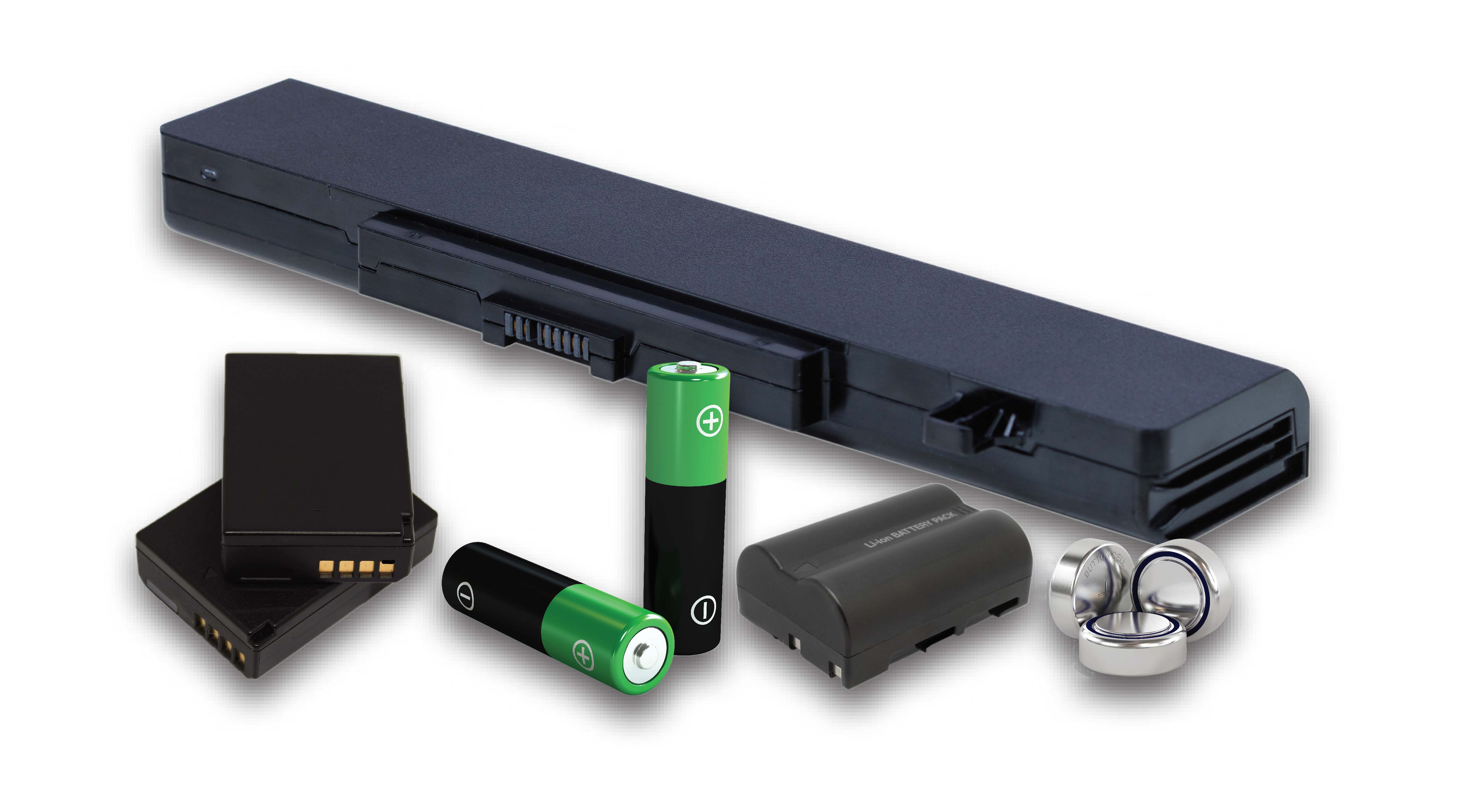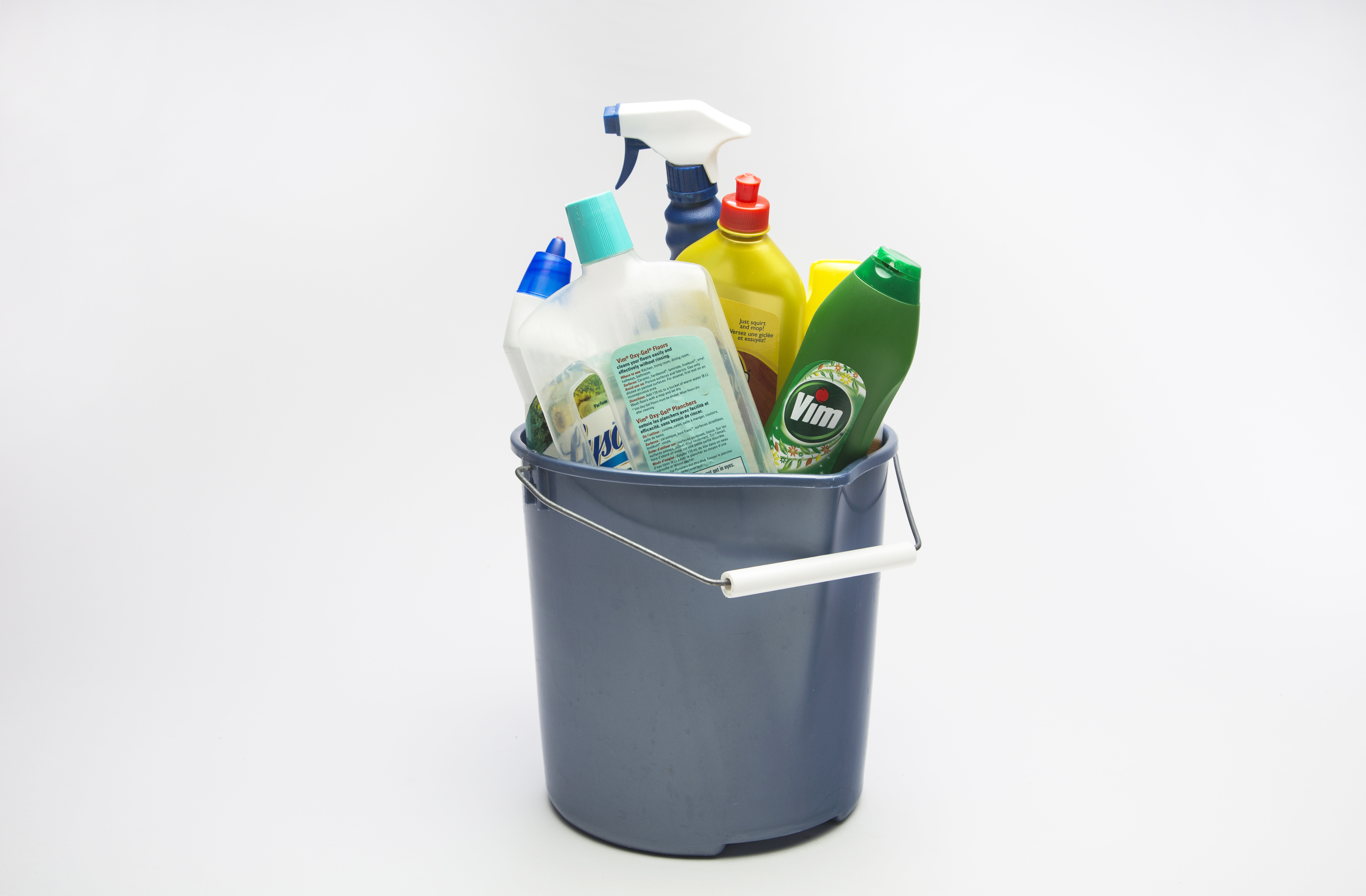Extended Producer Responsibility
What is EPR?
As consumers, we often end up with lots of packaging waste. The City of Calgary has been responsible for managing this waste through the blue cart program. However, a new provincial approach called Extended Producer Responsibility (EPR) is changing the game.
Under EPR, producers (manufacturers) are responsible for managing packaging waste when it’s no longer needed. This means producers are responsible for collecting, sorting, processing, partially funding and recycling the packaging waste they create.
This new provincial policy goes into effect on April 1, 2025, for single-family residential homes.
What Calgarians can expect from EPR
-
Reduced costs for Calgarians
A reduced blue cart fee for single-family households as producers partially fund parts of the service.
-
Continued high-quality collection and customer service
The City of Calgary is working towards a seamless transition and maintained service levels.
-
Standard list of recycling materials across the province
Calgarians will be able to recycle the same materials across Alberta no matter where they are.
Benefits of a provincial EPR system
- Producers can take advantage of increased economies of scale by managing recycling programs for municipalities across Alberta.
- Manufacturers are incentivized to design more recyclable packaging and create less packaging waste overall.
- The system creates consistent recycling outcomes for all municipalities.

Blue cart recycling
EPR covers packaging and paper products, which we know as blue cart materials. The City of Calgary will continue to collect blue bins from single-family households.
Calgarians can expect continued:
- Weekly blue cart pickup.
- Acceptance of the same recyclable materials in their blue carts.
- Use of community recycling depots for extra recyclables and oversized items.
Blue cart fee reduction
Pending City Council approval, the blue cart fee will be $2.17/month effective April 1, 2025. This is a savings of $7.17/month for Calgarians as producers partially take on the costs of managing the packaging waste they manufacture.
Changes to the blue cart fee will appear on your ENMAX bill.

Other services for Calgarians
In addition to packaging and paper products, EPR also set regulations for two more types of materials for safe disposal.

Household battery recycling
Calgarians will have more drop-off options for household batteries through EPR.
Battery drop-off locations include:
- City Eco Centre.
- Participating retailer drop-offs around the city.
- City household hazardous waste drop-offs as of April 1, 2025.
Properly recycling batteries help keep this hazardous material out of City landfills and keep our facilities and staff safe from battery fires.
Household batteries include single-use batteries (like AA, AAAs, etc.) as well as rechargeable batteries like lithium-ion batteries.
Learn moreHousehold chemicals
Calgarians can keep bringing their household chemicals to a hazardous waste drop-off.
The City of Calgary is continuing as the service provider by providing drop-off locations through the household hazardous waste program. This includes the three Eco Centres as well as seven designated fire stations.
Learn more

Roles and responsibilities
The EPR system outlines new roles and responsibilities for different parties to oversee. The City of Calgary is no longer responsible for some of the previous waste management tasks. However, The City still plays an integral part of the system as the service provider for Calgarians.
Residents can expect to receive the same quality collection pickup and customer service.
-
Regulations and oversight
The Province of Alberta creates the recycling regulations and sets targets for producers.
The EPR administrator, Alberta Recycling Management Authority (ARMA), oversees provincial regulations for recycling.
-
Funding and service design
Producers (manufacturers and brands) and Producer Responsibility Organizations (PROs) partially fund, manage and operate recycling programs for municipalities in Alberta.
They ensure materials are handled ethically and responsibly as well as meet recycling targets.
-
Service provider
The City of Calgary continues to provide Calgarians with curbside blue cart pickup as well as drop-off services for household chemicals and batteries.
PROs hold contracts with The City as the service provider. Previous regulation, oversight and service design elements are moved to other parties.
-
Service participants
Calgarians continue to:
• Sort and prepare recyclables materials to put into the blue cart.
• Take old batteries and household chemicals to designated drop-off locations.
• Contact The City of Calgary through 311 for customer service.
Frequently asked questions (FAQs)
How does EPR impact the price of consumer goods?
Calgarians are already paying for the costs of EPR as this policy is already in place in other parts of Canada. When brands bring their products into Canada, the costs for recycling the packaging are already included.
By implementing EPR in Alberta, Calgarians will end up paying less overall as the Blue Cart fee is lowered and producers take on a bigger share of the recycling costs instead.
If I have a customer service issue with my blue cart, who do I contact?
Households with City blue cart service will continue to contact 311 if they have any questions or service issues.
When will changes be made to the Blue Cart fee?
Work is underway to update the Blue Cart fee on the ENMAX bill. The change will go into effect for April 1, 2025.
What does the remaining Blue Cart fee cover?
While producers are required to cover the costs of recycling, the provincial regulations do not require them to fund all aspects of the Blue Cart service. Examples of activities not covered by EPR include education, outreach, program support.
How is the City of Calgary involved with this provincial policy?
Waste & Recycling Services will remain as the collections service provider for blue cart, community recycling depots and The City’s household hazardous waste drop-off locations.
Will all packaging be able to go in the blue bin?
The same packaging and paper materials you have been recycling can still go in your blue bin. This includes:
- Cardboard and paper
- Containers made of plastic (jugs, tubs, bottles, etc.)
- Bundled stretchy plastic bags and plastic film
- Glass jars and bottles
- Food cans and tin foil
- Beverage containers
If you’re not sure of where an item should go, use our What Goes Where search tool to find the disposal answers.
When will manufacturers change over their packaging that isn’t recyclable?
One of the benefits of EPR is that it will encourage producers to make less packaging overall and to make materials more easily recyclable. Large-scale changes in manufacturing can take years to change over.
Over time, we expect producers to be able to accept even more packaging materials for recycling.
Consumers have probably started to notice some initiatives and changes in product and packaging design and recyclability. For example, dairy producers in Canada have standardized their plastic milk jugs ensuring that they can be properly recycled in any province.
When will multi-family buildings be included in EPR?
Multi-family households will be included in October 2026.
More details will be provided about multi-family recycling changes in 2026.
When will businesses be included in EPR?
At this time, EPR regulations only covers single-family and multi-family households. City of Calgary Waste Bylaw requires that businesses have recycling and composting services available at their premises.

